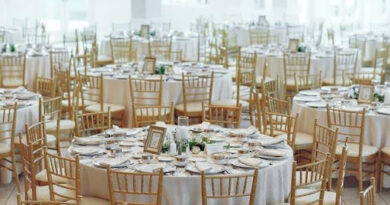Types of Binoculars
Binoculars are a device that occupies not the last place among optical devices used in navigation, military affairs, theater, circus, and hunting. Provides an opportunity to carefully consider important details during competitions, parades, flash mobs.
Varieties and functionality
Each type has a specific purpose and characteristics:
- theatrical – compact size, interesting design, small magnification allows you to use it at concerts and performances;
- tourist – light weight, good light filter, excellent sharpness with insufficient visibility to help travelers;
- hunting – an irreplaceable accessory in natural conditions;
- marine – protected from moisture, fogging;
- astronomical – for fans of observing celestial objects;
- Night Vision – Provides an image in low light conditions.
Budget monoculars are gaining popularity – miniature telescopes with optical properties similar to binoculars. Useful for people suffering from amblyopia, in which one eye sees worse than the other.
Expert advice
A few tips for use will come in handy for those who have recently purchased optics. This will help to extend its life and preserve its health:
- Try to protect from bumps, falls. Store and transport only in the case.
- A heavy device is difficult to hold even for adults. Use a tripod, tripod, or any kind of support for hand tremors or when traveling in public transport.
- Do not look into it at brightly lit objects, the sun (especially during an eclipse). This injures the retina and lens of the eye. Buy special filters – lunar, red, blue.
- Most products require professional adjustment and focusing.
- Use essential lens care accessories – wipes, sprays, cleaning pencils.
Principle of operation
All models are similar in design, but have different parameters. There are differences in the center-to-center distance of the pupils, the width of the face and the shape of the bridge of the nose. When focusing, the picture is brought into a common circle. The setting should give perfect object clarity.
The simplest devices operate by the method of an old telescope with an inverted picture, which must be “put back” according to Kepler’s scheme. Therefore, they contain a convex eyepiece and a concave lens. The illumination of the image depends on the combination of mirrors and the size of the inlet (aperture). An important indicator is the degree of magnification or multiplicity. When adjusting the magnification (10-12 times), even the full moon and stars can be viewed.
How to choose the right one
High-quality devices are available with a stereoscopic image, a large field of view. They are comfortable in assessing the size, shape of an object, and determining the distance. The more advanced ones are equipped with better light transmittance and anti-fogging. For orientation in extreme situations, choose with an anti-fog function and an “unsinkable” cover, so as not to lose your purchase if you fall into the water. The disadvantages of complex products are heavy weight, decent cost, and more simple ones – limited visibility.
Binoculars are divided into lens, mirror, mirror-lens. The best of them are endowed with a large exit pupil. Little light passes through a small pupil of 3-4 mm, so they are used only during the day. Night vision devices have maximum gain options. You can’t work with a cheap device at dusk; it won’t work for hunting and fishing.
For any indicators, it is advisable to look at the price tag and clarify options. Pay attention to the manufacturer, the ratio of characteristics, equipment, security and acceptable cost. Manufacturers with a lesser known name can produce quite

